Partners Information: New Year (oshogatsu) is one of the most important holidays of the year in Japan. It is traditionally celebrated at home with family so it’s a very busy time for domestic travel as many people return to their hometowns. The holiday lasts from around 28 December to January 3 depending on the year, and most people have time off work for a few days during this period.
The celebrations that surround it are very different from those in Australia and are marked by many traditional customs. Instead of grand firework displays and lively count down parties, the streets become quiet and solemn. For a few days it is only the temples and shrines across the city buzzing with activity as people go to send off the old year and welcome in the new.
If you’re ever in Tokyo during this time, here is how to enjoy New Year like a local with 5 customs not to miss.
1. Eating soba noodles – Toshikoshi Soba
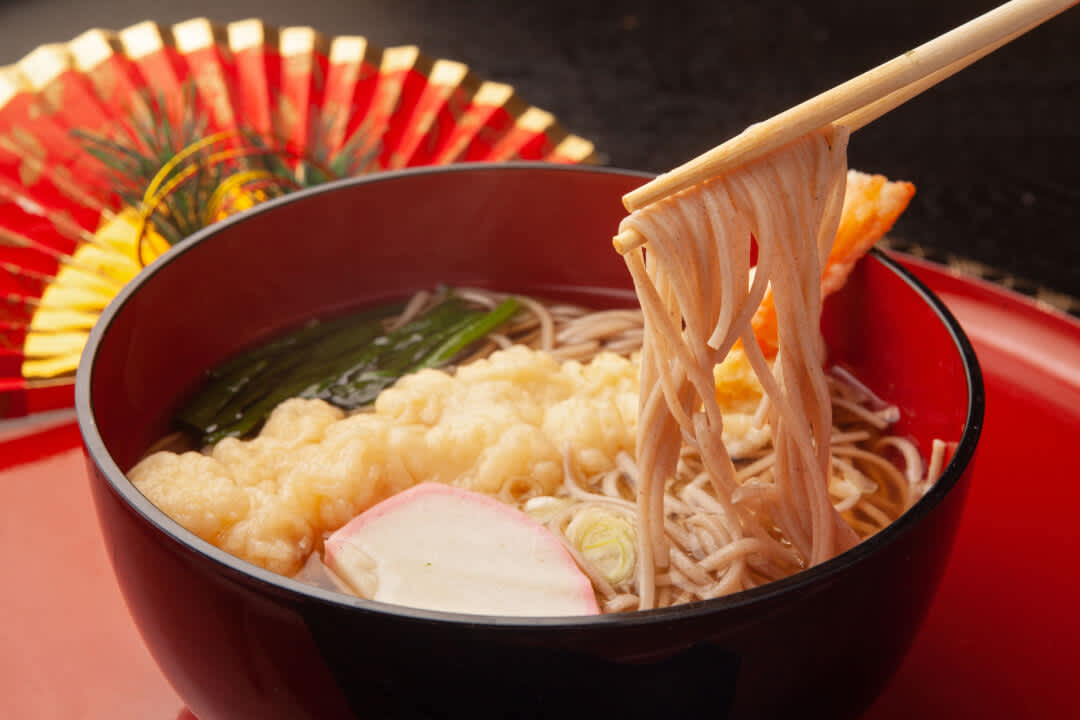
It is customary on New Year’s Eve to farewell the old year and any misfortunes it has brought by eating toshikoshi soba, literally translated as ‘year-crossing buckwheat noodles’. Soba noodles are long and thin making them symbolic of long life, and they are eaten for well wishes and good luck in the year ahead.
2. Ringing the Temple Bell – Joya no Kane
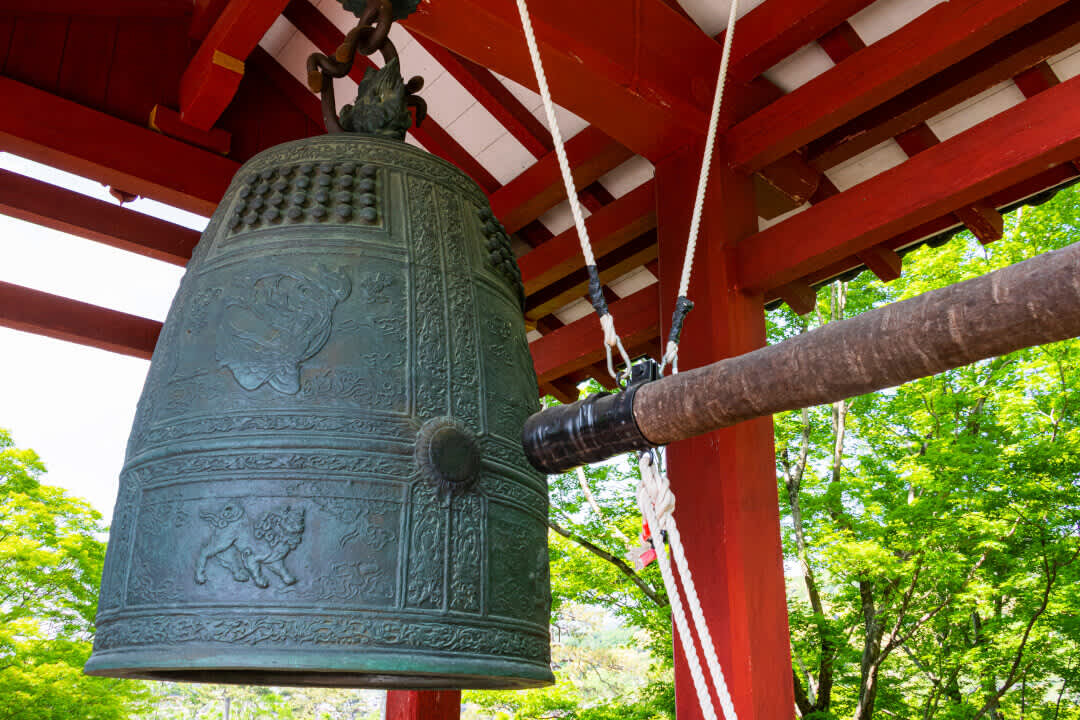
On New Year’s Eve, the annual Joya no Kane event happens at temples across Japan. The ritual involves the temple bell being tolled 108 times, beginning at midnight and continuing over the course of the entire first day of the year.
The number 108 is significant in Buddhism as it represents the number of earthly desires that afflict and pain the human heart. It is said that hearing the bell ring will make those earthly desires disappear one by one on each toll of the bell, thereby cleansing us before we begin the new year.
3. Traditional New Year decorations
There are various types of New Year decorations in Japan linked to the Shinto religion. If you visit Tokyo around this holiday period you will see many examples of these 3 traditional decorations:
• Kadomatsu (pine gate) – These are placed at building entrances and are made from green bamboo poles, pine needle branches and plum tree sprigs, symbolising prosperity, longevity and steadfastness. They are said to be the temporary dwelling places of gods who visit to bless humans.
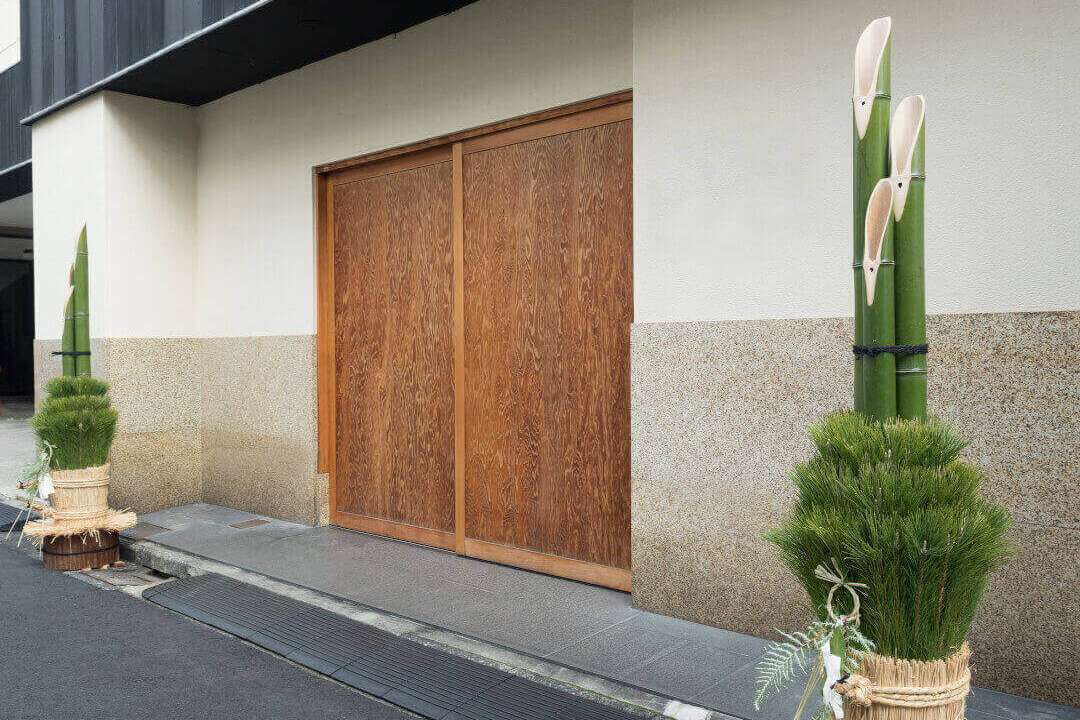
• Shimekazari – These are hung above doors and entrances to welcome the gods of good fortune and ward off evil spirits. They are made from sacred straw rope called shimenawa, and adorned with pine and bitter orange (symbolising prosperity) and other ornaments.

• Kagami mochi (mirror-rice cake) – These usually consist of two large round mochi rice cakes, a smaller one sitting on top of a larger one, with a bitter orange and a leaf on top. They are placed on the household Shinto altar.
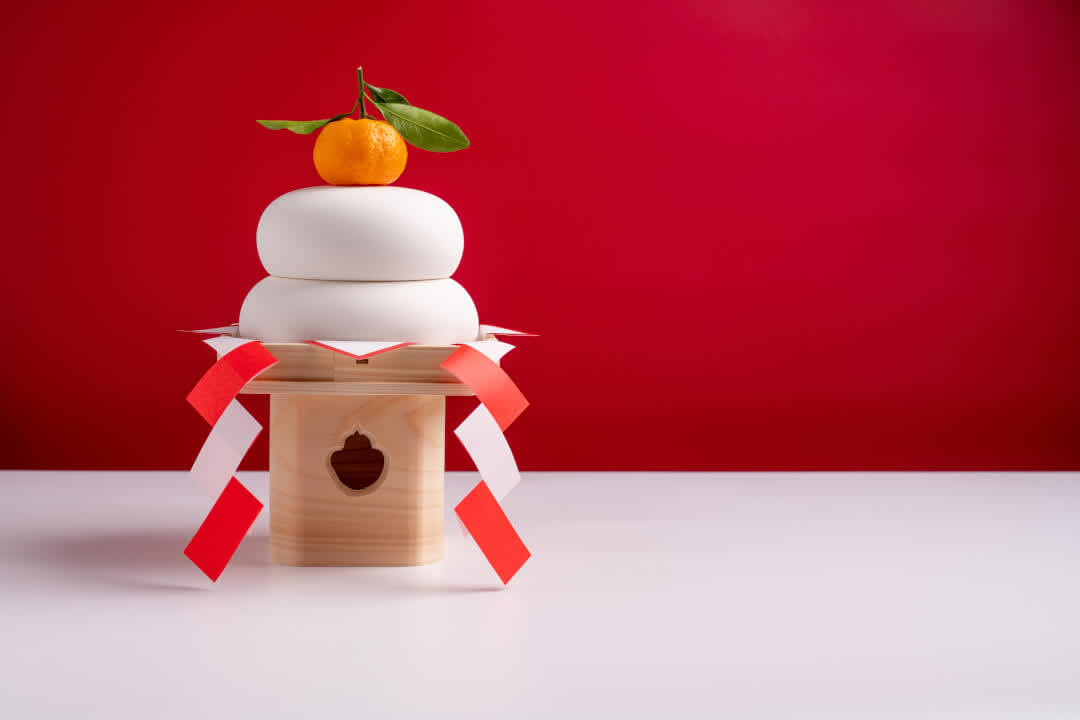
4. First visit to the Temple or Shrine – Hatsumode
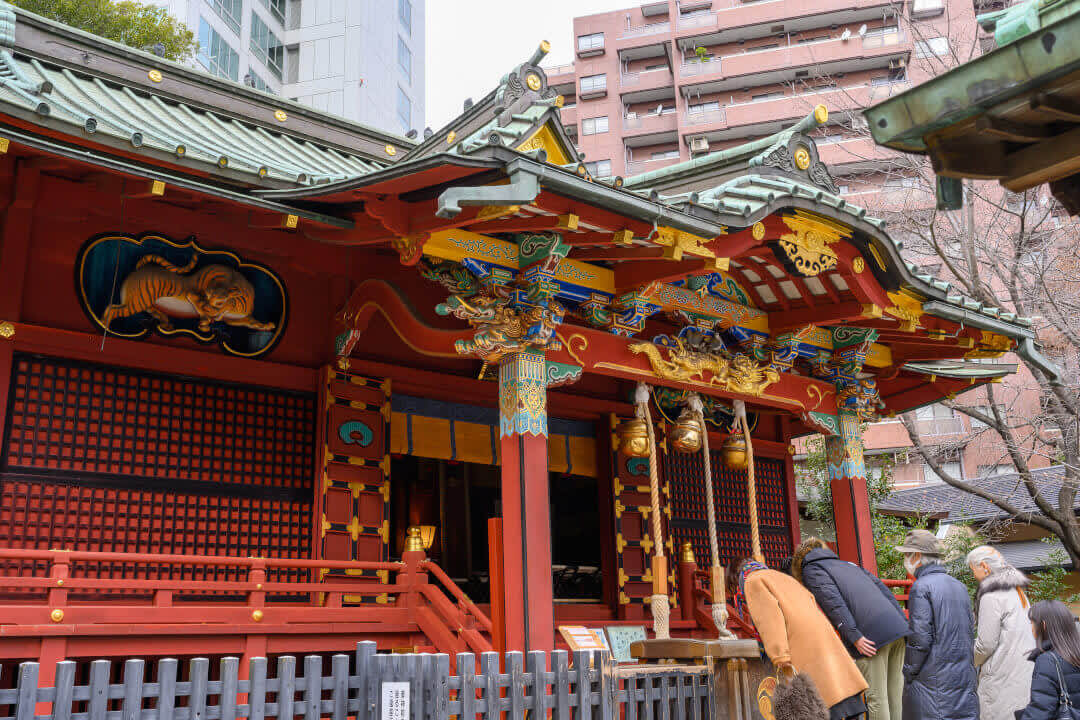
Hatsumode is the first Buddhist temple or Shinto shrine visit of the Japanese New Year.
Many people visit a shrine or temple late at night on New Year's Eve and observe the custom of hatsumode as the clock ticks past midnight. Others visit on New Year's Day, January 2 or January 3. Some popular hatsumode spots in Tokyo includes Meiji-jingu Shrine in Shibuya and Sensoji Temple in Asakusa.
5. Traditional New Year food – Osechi Ryori

Another custom around the new year is the preparation of food to be consumed over the new year break, although these days you can also buy them at places such as department stores. In the past, the food for this period needed to last for the first 3 days of the year without refrigeration so were typically quite sweet or salty to preserve them. Much pride is taken in the preparation and presentation of these dishes, with many of them symbolising various aspects of good fortune.



















































